Containerized Python Development – Part 3
This is the last part in the series of blog posts showing how to set up and optimize a containerized Python development environment. The first part covered how to containerize a Python service and the best development practices for it. The second part showed how to easily set up different components that our Python application needs and how to easily manage the lifecycle of the overall project with Docker Compose.
In this final part, we review the development cycle of the project and discuss in more details how to apply code updates and debug failures of the containerized Python services. The goal is to analyze how to speed up these recurrent phases of the development process such that we get a similar experience to the local development one.
Applying Code Updates
In general, our containerized development cycle consists of writing/updating code, building, running and debugging it.
For the building and running phase, as most of the time we actually have to wait, we want these phases to go pretty quick such that we focus on coding and debugging.
We now analyze how to optimize the build phase during development. The build phase corresponds to image build time when we change Continue reading
Cloudflare Workers Announces Broad Language Support
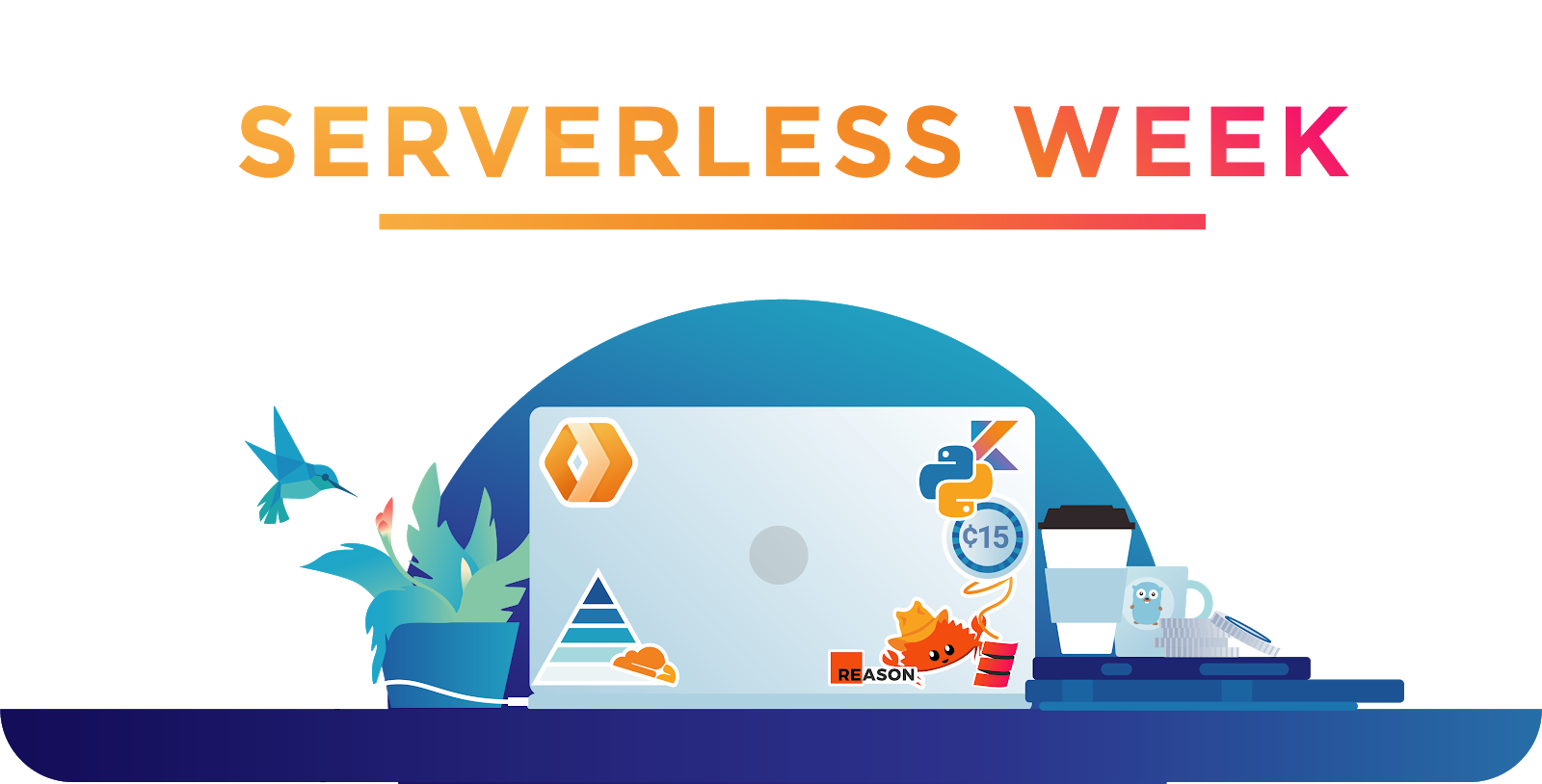

We initially launched Cloudflare Workers with support for JavaScript and languages that compile to WebAssembly, such as Rust, C, and C++. Since then, Cloudflare and the community have improved the usability of Typescript on Workers. But we haven't talked much about the many other popular languages that compile to JavaScript. Today, we’re excited to announce support for Python, Scala, Kotlin, Reason and Dart.
You can build applications on Cloudflare Workers using your favorite language starting today.
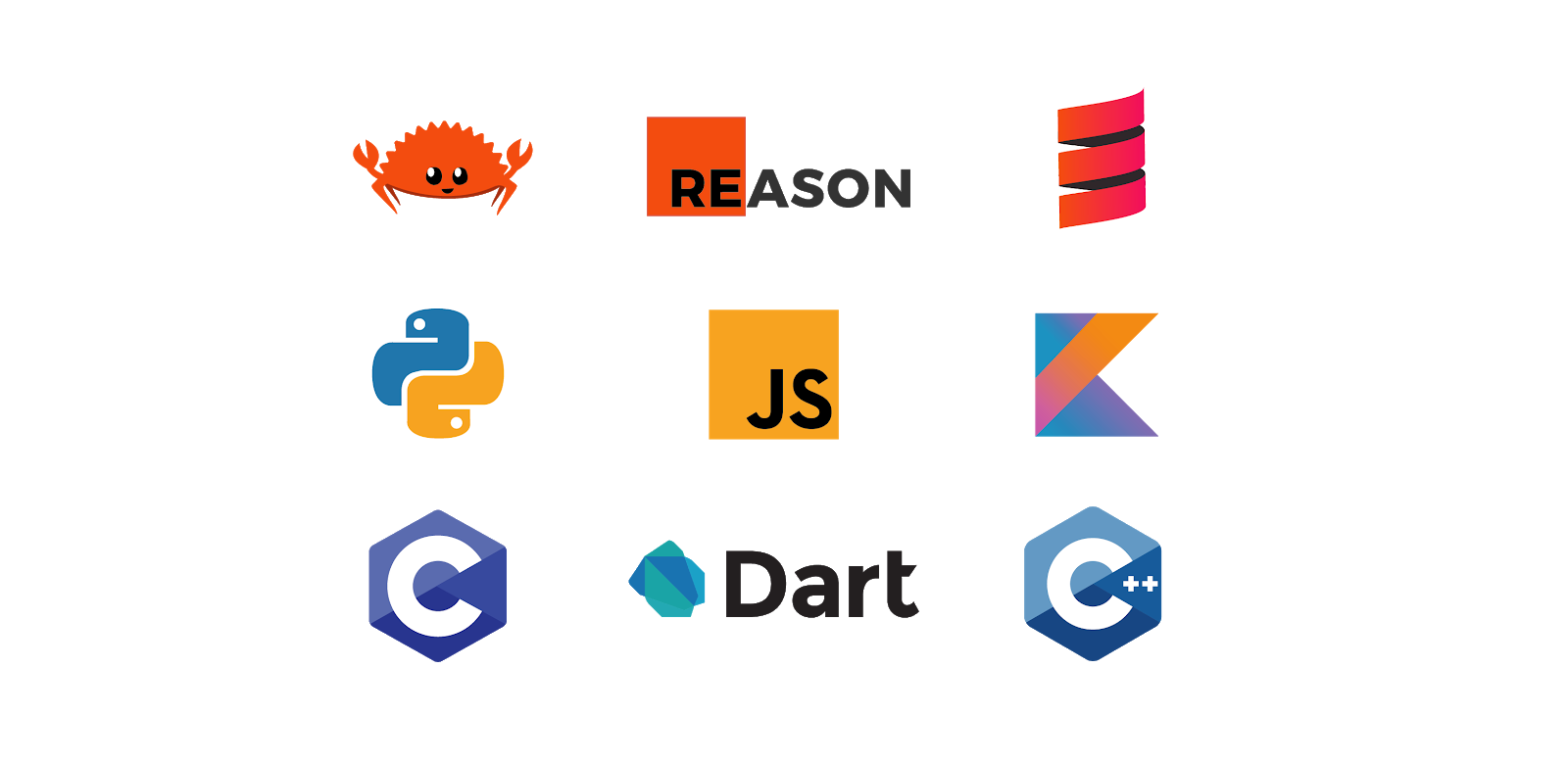
Getting Started
Getting started is as simple as installing Wrangler, then running generate for the template for your chosen language: Python, Scala, Kotlin, Dart, or Reason. For Python, this looks like:
wrangler generate my-python-project https://github.com/cloudflare/python-worker-hello-world
Follow the installation instructions in the README inside the generated project directory, then run wrangler publish. You can see the output of your Worker at your workers.dev subdomain, e.g. https://my-python-project.cody.workers.dev/. You can sign up for a free Workers account if you don't have one yet.
That’s it. It is really easy to write in your favorite languages. But, this wouldn’t be a very compelling blog post if we left it at that. Now, I’ll shift the focus to Continue reading
The Migration of Legacy Applications to Workers
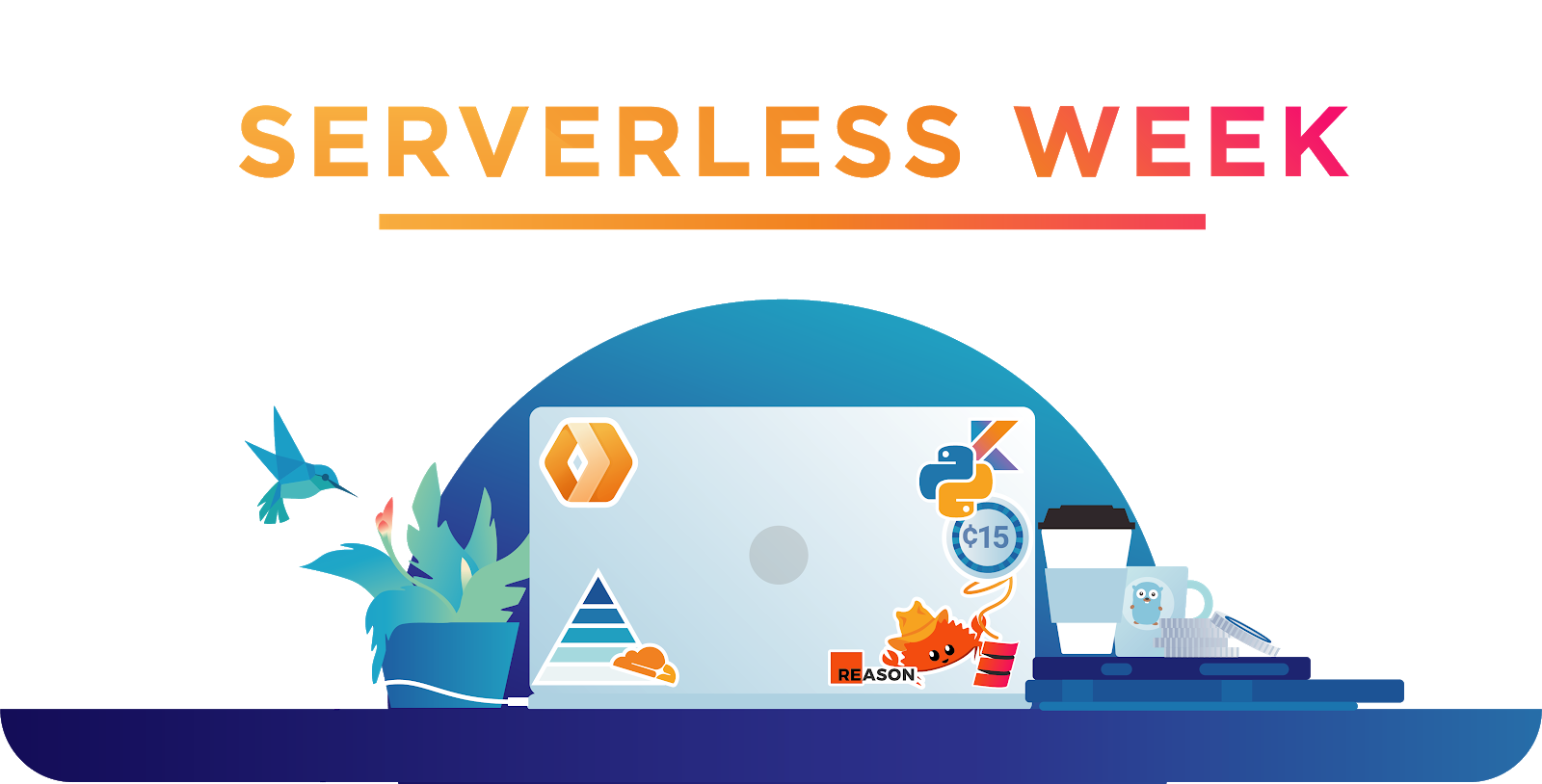
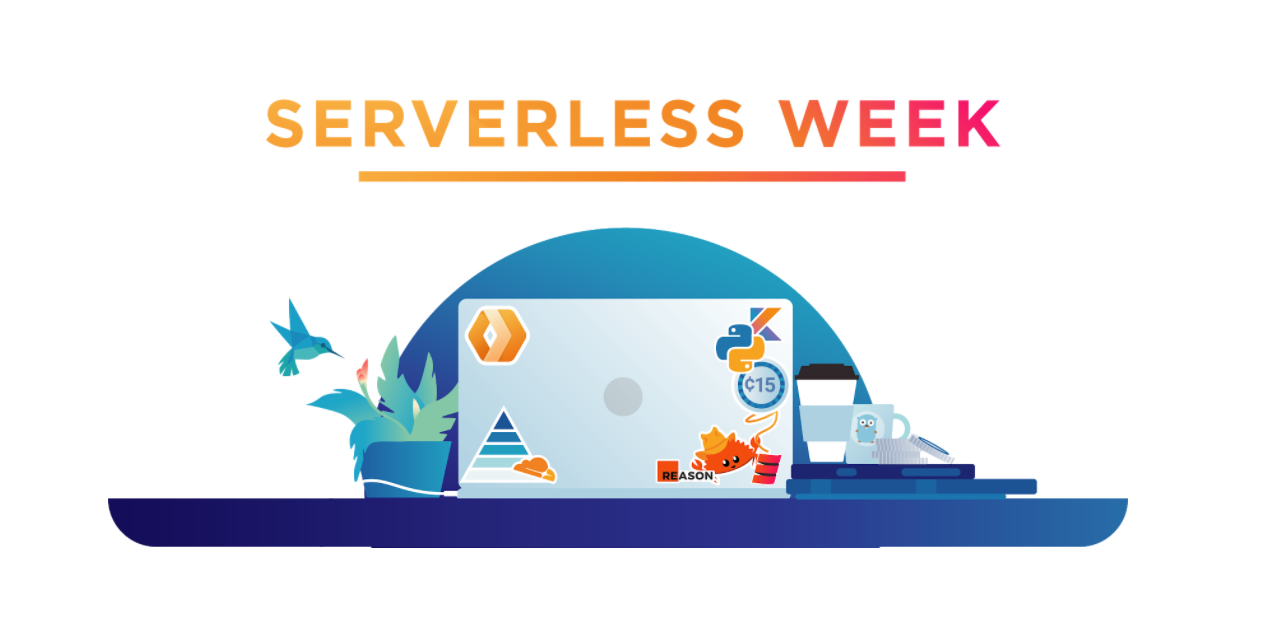
As Cloudflare Workers, and other Serverless platforms, continue to drive down costs while making it easier for developers to stand up globally scaled applications, the migration of legacy applications is becoming increasingly common. In this post, I want to show how easy it is to migrate such an application onto Workers. To demonstrate, I’m going to use a common migration scenario: moving a legacy application — on an old compute platform behind a VPN or in a private cloud — to a serverless compute platform behind zero-trust security.
Wait but why?
Before we dive further into the technical work, however, let me just address up front: why would someone want to do this? What benefits would they get from such a migration? In my experience, there are two sets of reasons: (1) factors that are “pushing” off legacy platforms, or the constraints and problems of the legacy approach; and (2) factors that are “pulling” onto serverless platforms like Workers, which speaks to the many benefits of this new approach. In terms of the push factors, we often see three core ones:
- Legacy compute resources are not flexible and must be constantly maintained, often leading to capacity constraints or excess cost;
- Continue reading
Solving Internet Challenges with LISP – Dino Farinacci, Founder @ lispers.net
In this episode Rick and Melchior discuss with Dino Farinacci how LISP can help solve internet challenges.
We touch on FIB scaling, mobility, IPv4 runout, COVID-19 and digital voting apps, blockchain and quantum internet.

Spectral Clustering
Motivation
Clustering is a way to make sense of the data by grouping similar values into a group. There are many ways to achieve that and in this post we will be looking at one of the way based on spectral method. Spectral clustering provides a starting point to understand graphs with many nodes by clustering them into 2 or more clusters. This clustering technique can also be applied for analyzing general data. This technique is based on Linear algebra and Graph theory.
We will start with a very brief introduction of the prerequisite for the sake of completeness and one can skip the prerequisite topics if they already have the familiarity.
Prerequisite Topic
Eigen Vectors and Eigen Values
One way to interpret when we multiply a vector a matrix is that a matrix transforms the vector. For example: below is a vector \(\begin{pmatrix} 2\\1 \end{pmatrix}\)

we apply a transformation by multiplying the above vector to a matrix
\[\begin{pmatrix} -1 & 3 \\ 2 & -2 \end{pmatrix}\]The resultant vector \(\begin{pmatrix} 1\\2 \end{pmatrix}\) is in orange after transformation.
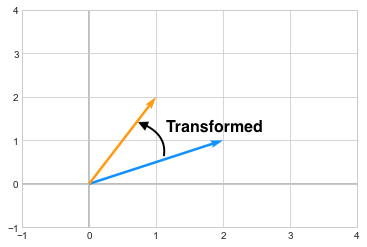
you can see how the vector changed its direction after the transformation. Now in case of Eigenvectors, which are special kinds of Continue reading
Your Automation Skills will Travel Well
In 2020 our automation skills may be the only thing that does travel! What I mean is that the automation skills being evangelized by so many in the networking community (Kirk Byers, David Bombal, Nick Russo, Jason Edelman and the Network to Code team, Hank Preston and Cisco DevNet and many more ....) will serve READ MORE
The post Your Automation Skills will Travel Well appeared first on The Gratuitous Arp.
Building An Ecosystem for Heterogeneous Memory Supercomputing
The drive toward exascale computing is giving researchers the largest HPC systems ever built, yet key bottlenecks persist: More memory to accommodate larger datasets, persistent memory for storing data on the memory bus instead of drives, and the lowest power consumption possible. …
Building An Ecosystem for Heterogeneous Memory Supercomputing was written by Ken Strandberg at The Next Platform.
The Style Of Cloud Networking In The Corporate Datacenter
It is easy to understand the lure of the public cloud’s siren call. …
The Style Of Cloud Networking In The Corporate Datacenter was written by Jeffrey Burt at The Next Platform.
Smart Network or Dumb?
Should the network be dumb or smart? Network vendors have recently focused on making the network as smart as possible because there is a definite feeling that dumb networks are quickly becoming a commodity—and it’s hard to see where and how steep profit margins can be maintained in a commodifying market. Software vendors, on the other hand, have been encroaching on the network space by “building in” overlay network capabilities, especially in virtualization products. VMWare and Docker come immediately to mind; both are either able to, or working towards, running on a plain IP fabric, reducing the number of services provided by the network to a minimum level (of course, I’d have a lot more confidence in these overlay systems if they were a lot smarter about routing … but I’ll leave that alone for the moment).
How can this question be answered? One way is to think through what sorts of things need to be done in processing packets, and then think through where it makes most sense to do those things. Another way is to measure the accuracy or speed at which some of these “packet processing things” can be done so you can decide in a more Continue reading
What’s the Big Deal with Multi-Cloud Networking?
The other day I was pruning my apps on my phone to delete those that had not been used in a long time. Here are some that gave me pause: Business (Adobe, Concur, Dropbox, etc) E-commerce (Amazon, Grocery Shopping, Meal Delivery, Starbucks, etc) Financial Institutions G-Suite Apps Microsoft 365 Apps Home Automation (Amazon Alexa, Home … Continue reading What’s the Big Deal with Multi-Cloud Networking?Multi-arch build, what about GitLab CI?
Following the previous article where we saw how to build multi arch images using GitHub Actions, we will now show how to do the same thing using another CI. In this article, we’ll show how to use GitLab CI, which is part of the GitLab.
To start building your image with GitLab CI, you will first need to create a .gitlab-ci.yml file at the root of your repository, commit it and push it.
image: docker:stable
variables:
DOCKER_HOST: tcp://docker:2375/
DOCKER_DRIVER: overlay2
services:
- docker:dind
build:
stage: build
script:
- docker version
This should result in a build output that shows the version of the Docker CLI and Engine:
We will now install Docker buildx. Because GitLabCI runs everything in containers and uses any image you want to start this container, we can use one with buildx preinstalled, like the one we used for CircleCI. And as for CircleCI, we need to start a builder instance.
image: jdrouet/docker-with-buildx:stable
variables:
DOCKER_HOST: tcp://docker:2375/
DOCKER_DRIVER: overlay2
services:
- docker:dind
build:
stage: build
script:
- docker buildx create --use
- docker Continue reading
Network Break 294: Fortinet, Arrcus Target Multi-Cloud Networking; Innovium Rakes In More ASIC Funding
Today's Network Break analyzes multi-cloud networking announcements from Fortinet and Arrcus, discusses additional venture funding for ASIC-maker Innovium, looks at more consolidation in the SD-WAN market, and debates whether "Internet" should be capitalized.Network Break 294: Fortinet, Arrcus Target Multi-Cloud Networking; Innovium Rakes In More ASIC Funding
Today's Network Break analyzes multi-cloud networking announcements from Fortinet and Arrcus, discusses additional venture funding for ASIC-maker Innovium, looks at more consolidation in the SD-WAN market, and debates whether "Internet" should be capitalized.
The post Network Break 294: Fortinet, Arrcus Target Multi-Cloud Networking; Innovium Rakes In More ASIC Funding appeared first on Packet Pushers.
The Week in Internet News: Looking for a Broadband Miracle in Rural Canada

Creating a miracle: Residents of rural British Columbia, Canada, are pushing for better Internet access, with one resident saying getting access to good connectivity is like “hoping for a miracle,” the CBC reports. Local government leaders are working with community leaders and businesses to improve Internet services. Local leaders are researching options to establish a broadband Internet service in Clearwater, British Columbia, including the possibility of building new mobile towers.
Building their own: Meanwhile, a few hundred miles south in Klamath, California, Yurok tribal officials have announced a new project that they hope will significantly boost Internet speeds and expand coverage on their reservation, KRCR News reports. The$2.1 million project is funded by the U.S. Coronavirus Aid, Relief, and Economic Security Act. One of the goals is to better allow students to participate in distance learning.
No distance learning for you: In a related story, a study from Future Ready Schools finds that 16.9 million U.S. students lack home Internet access, Education Dive says. In addition, 3.6 million U.S. households lack a computer, impacting 7.3 million students, according to the study. About a third of Native American, Latino, and African-American students in the Continue reading